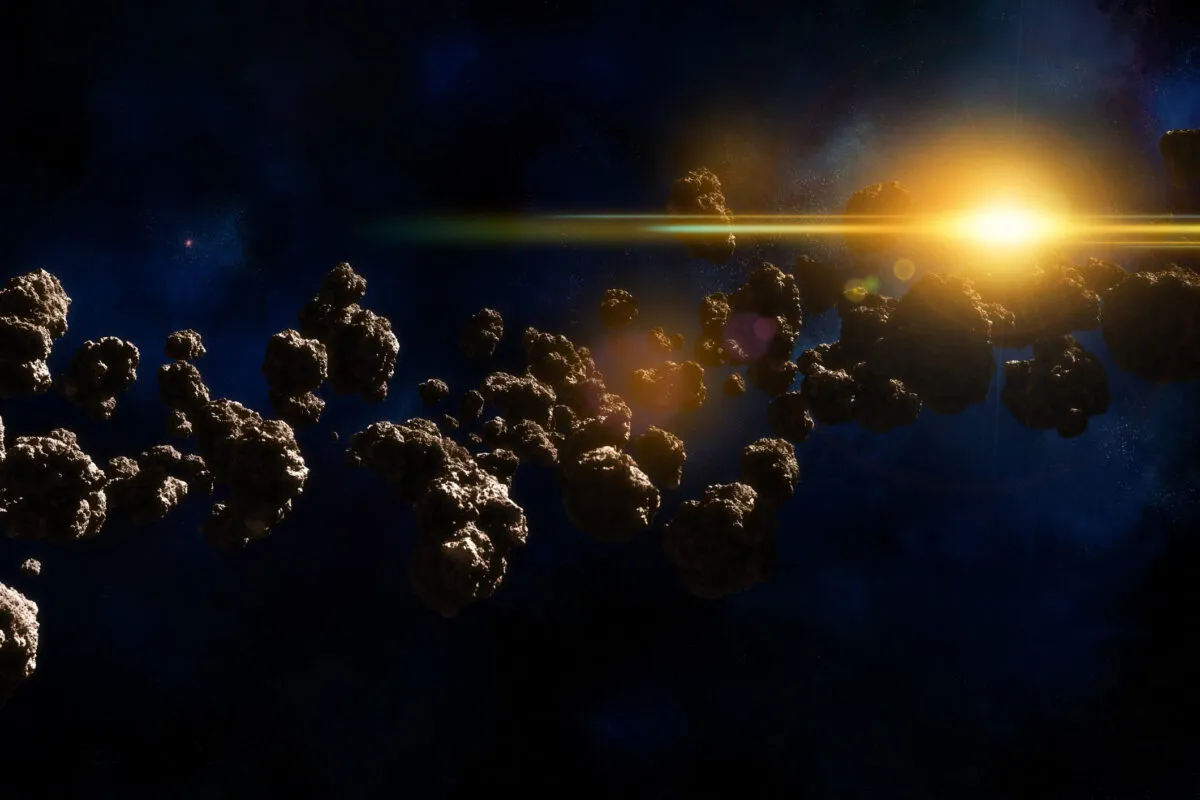The largest potentially hazardous asteroid discovered in eight years has been found hiding in the inner Solar System, along with two other large asteroids.
Astronomers believe they have already located over 95% of near-Earth asteroids over 1km in diameter, which would have a global effect if any hit our planet.
But finding the elusive last 5% has proved challenging.
What comets and asteroids are in the sky tonight?

"Large areas of sky are required because the inner asteroids are rare, and deep images are needed because asteroids are faint and you are fighting the bright twilight sky near the Sun as well as the distorting effect of Earth’s atmosphere," says Scott S Shepard from the Carnegie Institution for Science, that led the discovery.
"DECam can cover large areas of sky to depths not achievable on smaller telescopes, allowing us to go deeper, cover more sky, and probe the inner Solar System in ways never done before.
"Only about 25 asteroids with orbits completely within Earth’s orbit have been discovered to date because of the difficulty of observing near the glare of the Sun," says Sheppard.
In the hope of finding these, Shepard’s team observed during 10-minute windows each twilight when the asteroids were above the horizon and the background sky was dim enough to see them.
The team found the space rocks using the Dark Energy Camera, which covers a wide field of view with great sensitivity.
Two of the asteroids revealed orbits comfortably far away from Earth, but the third – 2022 AP7, measuring between 1.1km and 2.3km in diameter – could cross Earth’s orbit, though not for at least 200 years.
